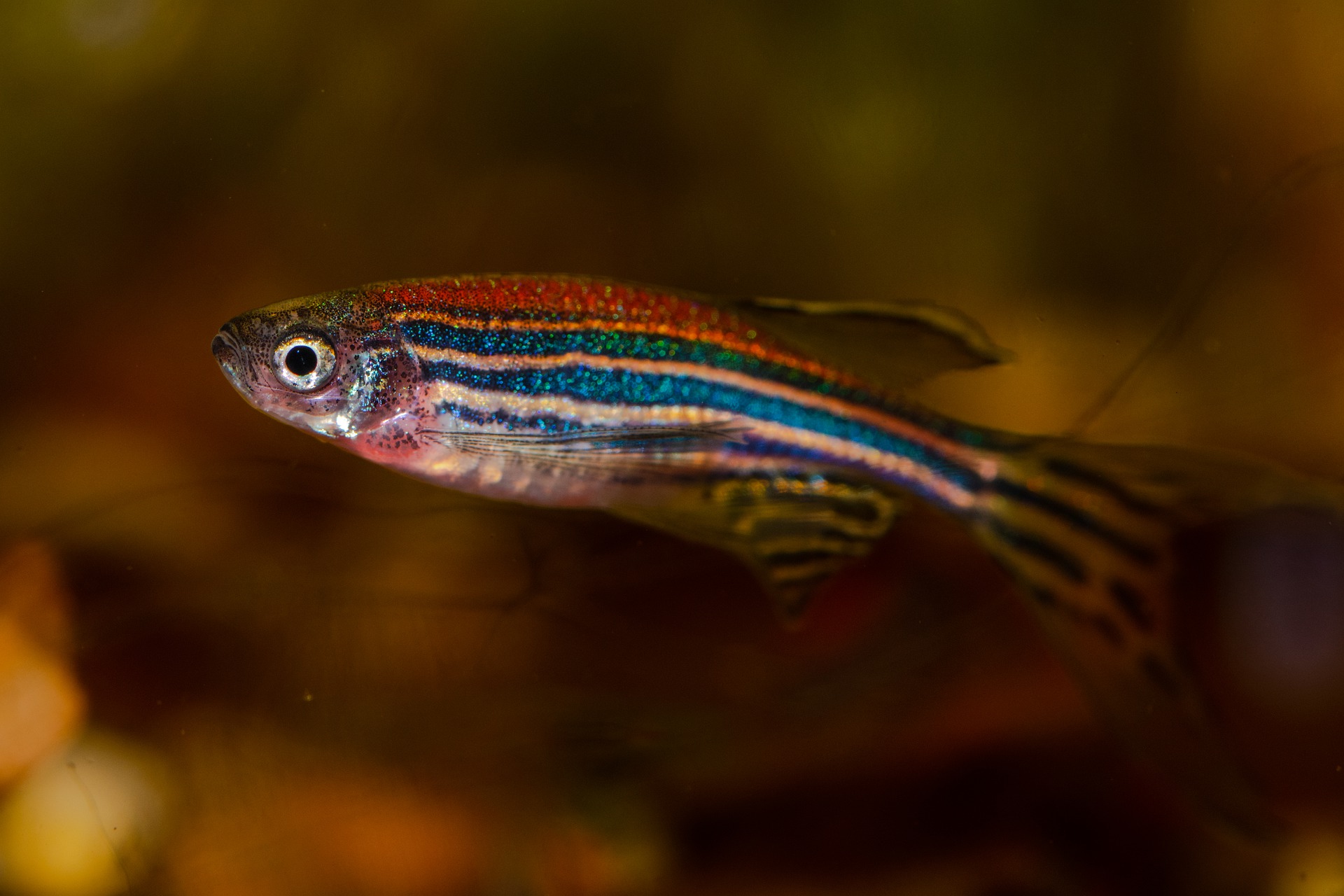Scientists use microscopes to see things that are normally hidden. But how can these tools be used to show people the world of science and discovery?
Recently, Development featured the voices of 5 science educators who use microscopes to “reveal new worlds,” “improve our communication and understanding of developmental biology,” and “break down barriers and promote diversity for future generations of scientific researchers.” Among these voices was the IRM’s Jamie Shuda, a veteran of science outreach and education. As a founder of Project BioEYES, Dr. Shuda knows how hands-on experience looking at the little things can draw new people to STEM careers.
“With over 85% of our student population being from communities of color and qualifying for free and reduced lunch, providing simple scientific equipment, like dissecting or stereomicroscopes, along with grade-appropriate curricula and personnel support helps fill in the science educational gaps that inhibit many of these students from seeing themselves as capable of a career in the science field.”
You can read more about Jamie and her colleagues experiences in the Development spotlight.

